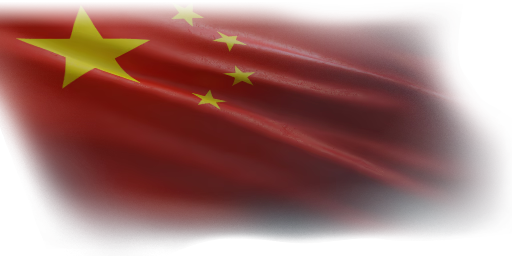
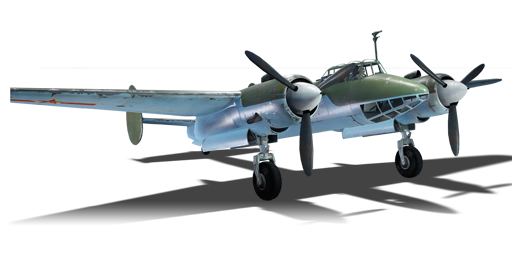


The Tu-2S-44 (China) (known as 杜/图-2轰炸机 in PLAAF) represented the Tu-2S-44 delivered to PLAAF in 1950. These aircraft were delivered during the Korean War to boost PLAAF's capability for bombing runs as they were in dire for more bombers against future operations against Nationalist forces by coastal China; these bombers was first used in bombing runs against the United Nations Command in Korean War, destroying surveillance infrastructures of US Army in North Korea, then they served as the major contributor to the victories against Nationalist-occupied islands in Zhejiang and later used during riot-suppression operations in Southwestern China with some loses against insurgent's M2HB. These aircraft were eventually replaced by new aircraft in 1977.
Introduced in Update 1.91 "Night Vision". along with the Chinese air tech-tree, sharing most of the performance and payload to its Soviet counterpart; not only it has devastating payload for a frontline bomber, it also has sufficient forward-facing 20 mm autocannon and 12.7 mm self-defense HMG in case of incoming enemy aircraft. Although it is not designed to have dogfights with enemy aircraft, if used carefully against careless targets or unprotected ground targets, Tu-2 will still shine at its tier and possibly turning the table for teammates.
flaps
flaps
flaps
brake
| Belt | Belt filling | Armor penetration (mm) at a distance: | |||||
|---|---|---|---|---|---|---|---|
| 10 m | 100 m | 500 m | 1000 m | 1500 m | 2000 m | ||
| FI-T/AP-I | 28 | 24 | 14 | 7 | 4 | 2 | |
| FI-T/HEF/AP-I/FI-T | 28 | 24 | 14 | 7 | 4 | 2 | |
| HEF/FI-T/AP-I | 28 | 24 | 14 | 7 | 4 | 2 | |
| FI-T | 4 | 4 | 4 | 4 | 4 | 4 | |
| AP-I/FI-T/AP-I/AP-I | 28 | 24 | 14 | 7 | 4 | 2 | |
| AP-I/HEF/HEF/FI | 28 | 24 | 14 | 7 | 4 | 2 | |
| Belt | Belt filling | Armor penetration (mm) at a distance: | |||||
|---|---|---|---|---|---|---|---|
| 10 m | 100 m | 500 m | 1000 m | 1500 m | 2000 m | ||
| T/AP/AP/IAI | 32 | 30 | 22 | 15 | 11 | 7 | |
| API-T/AP/AP/AP-I(c) | 34 | 32 | 24 | 17 | 12 | 8 | |
| API-T/AP-I | 29 | 27 | 20 | 13 | 9 | 6 | |
| Name | Weight | Slot | ||||||
|---|---|---|---|---|---|---|---|---|
| 236 kg |  |  | ||||||
| 255 kg | 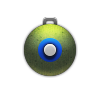 |  | ||||||
| 468.6 kg | 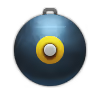 |  |  | |||||
| 510 kg | 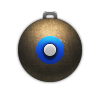 |  |  | |||||
| 1,077 kg | 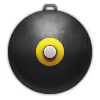 |  |  | |||||
| 1,012 kg | 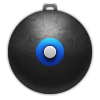 |  |  | |||||
| 9 × | 1,260 kg | 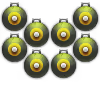 | ||||||
| 2 × | 472 kg | 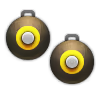 | ||||||
| 2 × | 510 kg | 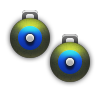 | ||||||
| 4 × | 944 kg | 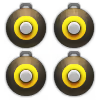 | ||||||
| 4 × | 1,020 kg | 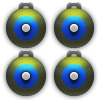 | ||||||












Flight performance | |
|---|---|
Weaponry | |
|---|---|